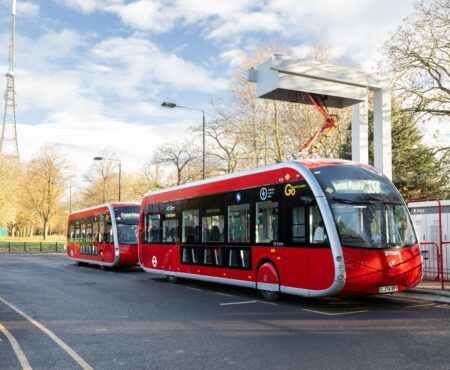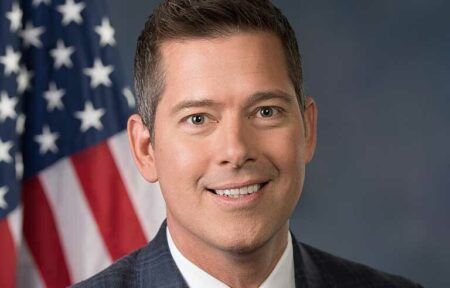The Mayor of London, Sadiq Khan, has announced that the city’s Ultra Low Emissions Zone (ULEZ) is to be expanded to cover the entire area within the Greater London Authority boundary.
From 29 August 2023, thousands of drivers in non-compliant vehicles will have to pay £12.50 (US$15) a day to enter the Greater London area.
Currently drivers are charged to enter the ULEZ that sits within London’s north and south-circular orbital roads, but this charge is not applied across the whole London area.
A public consultation on the plan to expand the ULEZ zone was held over the summer. Some 60% of those who responded were opposed to it, with 70% of residents in outer London against the idea. Some 80% of workers in outer London also opposed.
Nevertheless, the ULEZ in central and inner London has been very effective in reducing air pollution in those areas. Sadiq Khan says that the expansion will enable five million more people to benefit from cleaner air.
“Our city is being smothered by toxic air—and it’s hurting and killing Londoners, leading to asthma, dementia, and even cancer,” Sadiq Kahn wrote on Twitter. “Air pollution particles have even been found in the livers and brains of unborn babies. We cannot stand idly by and allow this to continue. Around 4,000 Londoners die prematurely each year because of long-term exposure to air pollution, with the greatest number of deaths in outer London boroughs. That’s why this expansion is so important—we need to clean the air for everyone.”
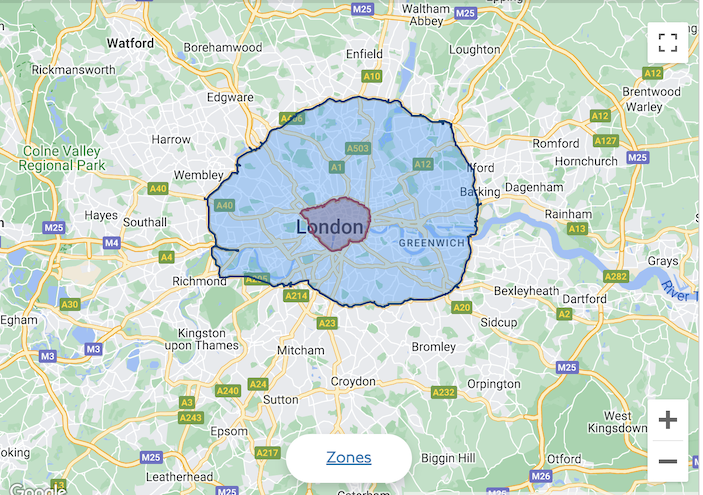
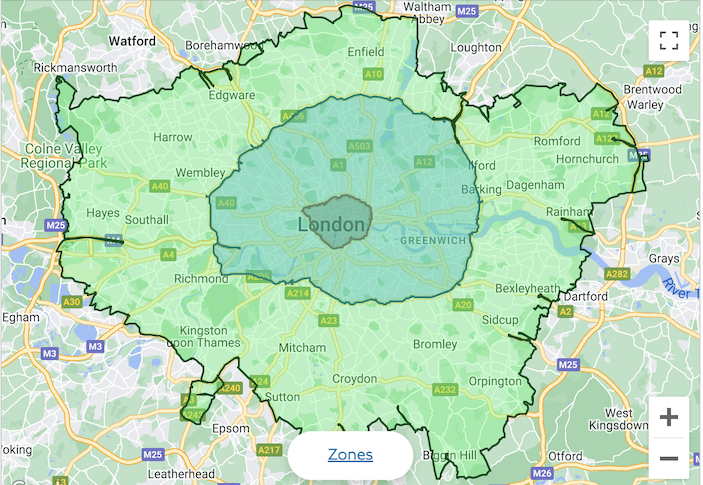
The goal of the ULEZ is to get the most polluting vehicles off London’s streets. The mayor believes that expanding the ULEZ to cover most of London will strike the best balance between maximizing the health and environmental benefits for Londoners while minimizing the cost to drivers. The mayor’s office believes that about 200,000 non-compliant vehicles are driven regularly in London. Meanwhile, nearly half of London households do not own a car but they are disproportionately affected by road pollution.
There are no changes to other schemes, such as the Congestion Charge in central London and the Low Emission Zones for large and heavy vehicles and non-road mobile machinery. However, some changes have been made to help Londoners who most need it. These include ‘grace periods’, which allow some drivers additional time to comply, and the creation of a new £110 million scrappage scheme.
“I’ve announced support to help make this change easier for Londoners, including a new £110 million scrappage scheme, which will help Londoners on lower incomes, disabled Londoners, micro businesses and charities to scrap or retrofit their non-compliant vehicles in exchange for a grant or free annual bus and tram passes,” Kahn says. “I know this will make a huge difference to countless Londoners.”
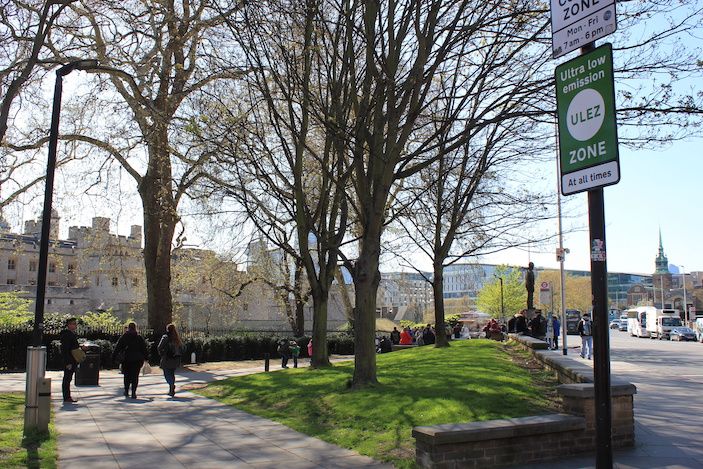
“This is a step forward for our capital city,” says Richard Dilks, chief executive of national shared transport charity Collaborative Mobility UK (CoMoUK). “It is critical that the focus on the expansion of the Ultra Low Emission Zone not only gets people out of non-compliant vehicles and into compliant ones, but into a range of sustainable alternatives. This should include shared transport options like car clubs, shared bikes and e-scooters, lift-sharing and demand responsive transport. If London, and the UK more widely, are to meet ambitious climate change targets, we must harness the full potential of shared transport.”
Main image: Adobe Stock




